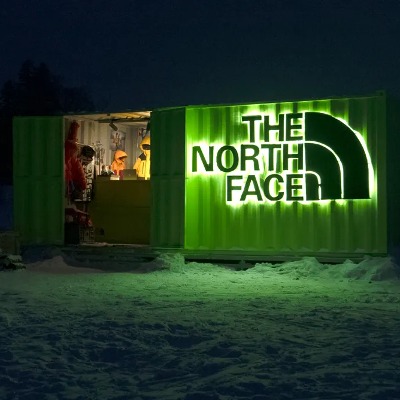Vail Resorts Reports Ski Season Metrics

Vail Resorts, Inc. (NYSE: MTN) today reported certain ski season metrics for the comparative periods from the beginning of the ski season through January 5, 2020, and for the prior year period through January 6, 2019. The reported ski season metrics are for our North American destination mountain resorts and regional ski areas, including the results of Peak Resorts in both periods and excluding the results of our Australian ski areas in both periods. The data mentioned in this release is interim period data and is subject to fiscal quarter end review and adjustments.
- Season-to-date total lift ticket revenue, including an allocated portion of season pass revenue for each applicable period, was up 0.4% compared to the prior year season-to-date period.
- Season-to-date ski school revenue was up 2.0% and dining revenue was down 3.6% compared to the prior year season-to-date period. Retail/rental revenue for North American resort and ski area store locations was down 1.8% compared to the prior year season-to-date period.
- Season-to-date total skier visits were down 7.8% compared to the prior year season-to-date period.
 Commenting on the ski season to date, Rob Katz, Chief Executive Officer said, “Relative to the strong conditions in the prior year, the 2019/2020 North American ski season got off to a slower start, impacting both our local and destination guest visitation in the pre-holiday period through December 19, 2019. Excluding Whistler Blackcomb and Stevens Pass, results improved over the holiday period between December 20, 2019 and January 5, 2020, compared to the prior year holiday period, delivering growth in total skier visitation and across all revenue lines which was in line with our expectations. Results at Whistler Blackcomb and Stevens Pass were below expectations, driven by the poor early season conditions that continued through the holiday period. Season to date snowfall at Whistler Blackcomb was 60% below the 30-year average through December 31, 2019, representing the lowest snowfall recorded in over 30 years for the period. In recent weeks, conditions have improved at Whistler Blackcomb with nearly all of the terrain now open.”
Commenting on the ski season to date, Rob Katz, Chief Executive Officer said, “Relative to the strong conditions in the prior year, the 2019/2020 North American ski season got off to a slower start, impacting both our local and destination guest visitation in the pre-holiday period through December 19, 2019. Excluding Whistler Blackcomb and Stevens Pass, results improved over the holiday period between December 20, 2019 and January 5, 2020, compared to the prior year holiday period, delivering growth in total skier visitation and across all revenue lines which was in line with our expectations. Results at Whistler Blackcomb and Stevens Pass were below expectations, driven by the poor early season conditions that continued through the holiday period. Season to date snowfall at Whistler Blackcomb was 60% below the 30-year average through December 31, 2019, representing the lowest snowfall recorded in over 30 years for the period. In recent weeks, conditions have improved at Whistler Blackcomb with nearly all of the terrain now open.”
Given the strong conditions last year, the initial guidance for fiscal year 2020 incorporated the possibility of a slower start to the season. While challenging results at Whistler Blackcomb and Stevens Pass have put downward pressure on overall results, the Company expects Resort Reported EBITDA for fiscal year 2020 to be within the guidance range issued on September 26, 2019 given strong season pass sales, results through the holiday period and the recently improved conditions at Whistler Blackcomb and Stevens Pass. The Company’s guidance assumes continued normal conditions at the resorts, a continuation of the current economic environment and the foreign currency rates in place when the guidance was originally issued.
Basis of Presentation
The reported ski season metrics include growth for season pass revenue based on estimated fiscal 2020 North American season pass revenue compared to fiscal 2019 North American season pass revenue. The metrics include all North American destination mountain resorts and regional ski areas, including Peak Resorts as if its regional ski areas were owned in both periods, and are adjusted to eliminate the impact of foreign currency by applying current period exchange rates to the prior period for Whistler Blackcomb’s results.














